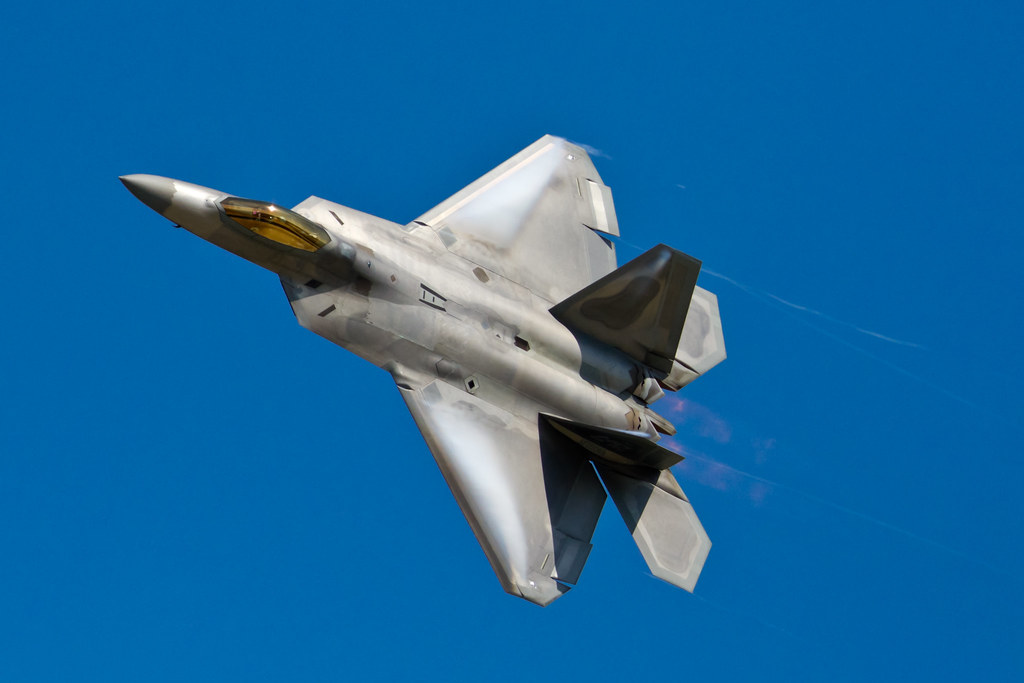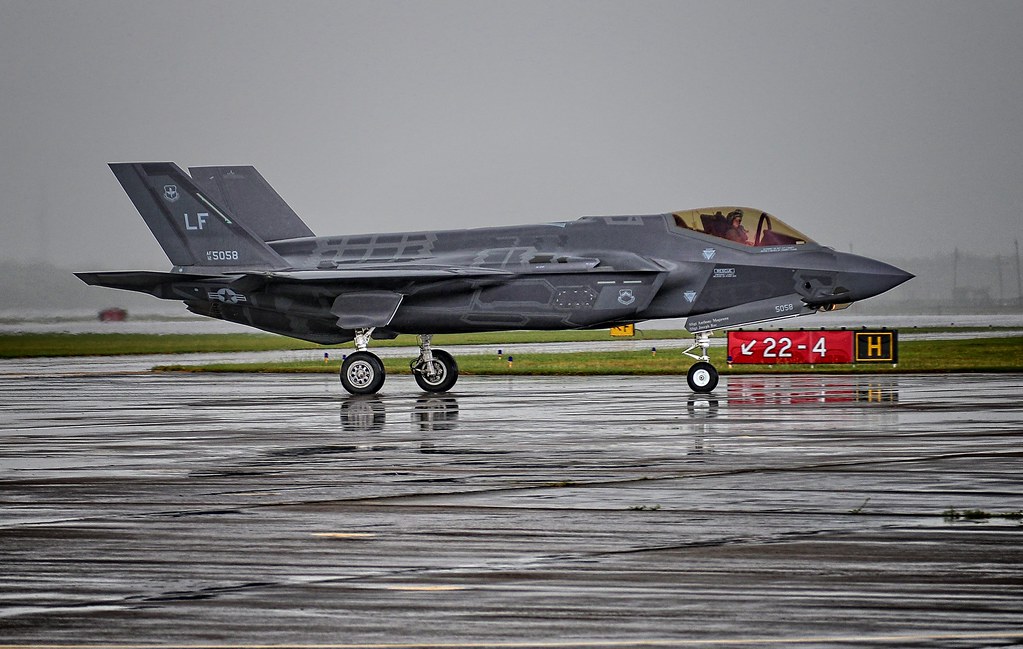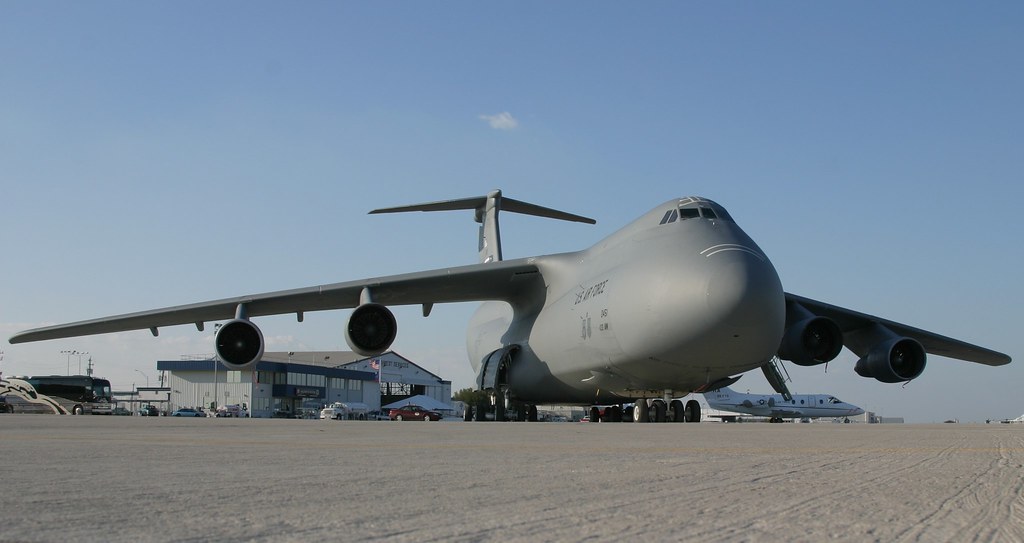
As we navigate through the high-octane arena of military technology, we’re privy to the evolution of aerial warfare and the advanced machinery that defines it. Lockheed Martin, a titan in the defense sector, has been at the helm of this evolution, crafting some of the most formidable aircraft to ever grace the skies.

Established through the historic merger of two defense powerhouses in 1995, Lockheed Martin has been instrumental in supplying the U.S. and allied militaries with an array of aircraft, each with its own story of innovation and strategic dominance.

At the apex of this airpower sits the F-22 Raptor, Lockheed’s first full-production stealth fighter, a machine whose radar cross-section is “800 times smaller than [China’s Chengdu J-20] and an embarrassing (for Russia) 5,000 times smaller than [the Russian Su-57 Felon].” This marvel of aviation engineering, capable of sustained supersonic flight, reigns supreme in the skies with no rival to match its prowess.

Yet, the F-22 is just the tip of the spear. The F-35 Lightning II, with its tri-variant design catering to the Navy, Air Force, and Marines, showcases sophistication that borders the incomprehensible.

The Lightning II’s stealth technology minimizes its radar signature, while its cutting-edge communications network links the jet seamlessly with forces across the battlefield, fundamentally altering the dynamics of aerial combat.

The F-16 Fighting Falcon, a staple since the ’70s, persists in the modern inventory, receiving continual upgrades that ensure its relevance against evolving threats.

It was the initial jet to utilize fly-by-wire tech and its advanced airframe design allowed it to surpass Mach 2 and endure forces up to 9Gs. The F-16 can ascend vertically with impressive acceleration and remains one of the most capable dogfighters ever created.

Furthermore, the F-16 is an all-weather fighter with advanced radar. On the latest Block 70 F-16, the avionics are as sophisticated as they come. Its exceptional maneuverability and advanced fly-by-wire controls make it a perennial favorite among pilots.

Lockheed’s mastery isn’t confined to combat alone. The U-2 Dragon Lady, an emblem of Cold War espionage, has provided invaluable intelligence for decades.

Even in the era of satellite technology, U-2s have continued to provide high-definition photography that is not dependent on an orbit path and is taken at a much closer distance than from space.

While the C-5 Galaxy stands as a logistical behemoth, moving troops and equipment across the globe.Flown solely by the Air Force, it has been crucial in offering heavy lift transport for worldwide operations of the United States Military, including numerous Cold War missions across Europe and subsequent missions in Iraq and Afghanistan, delivering supplies and heavy armor to troops in distant locations.

Jet propulsion technology was under development during WWII but only a handful of successful aircraft engaged in any battles. The F-80 Shooting Star was a fast and capable aircraft for its time, eventually becoming the first jet to shoot down another jet over Korea in 1950.

These iconic crafts are a mere glimpse into Lockheed Martin’s extensive catalog, which includes 26 notable aircraft such as the P-38 Lightning, the versatile C-130 Hercules, and the SR-71 Blackbird, all of which have etched their names in military history.

The C-130 Hercules aircraft, despite entering service in the 1950s, remains highly popular with militaries globally for various roles.

Lockheed Martin’s aircraft have not only cemented their status as key components of military strategy but have also transcended their roles, influencing civil aviation as seen with the emergence of the business jet era through the JetStar.
Relevant articles:
– 8 Of The Best Jets Lockheed Martin Has Ever Manufactured, SlashGear
– 26 Iconic Military Aircraft Built by Lockheed Martin, 24/7 Wall St.

